Teil Eins
Mythology and Ancient Documents
You can trace typical Iranian cuisine back to the earliest documents, such as the “myths of Zahak” and before that. In the legends, the art of cooking was related to the demons. But the oldest manuscripts about Iranian culinary history dates back to the Sasanian empire (224 to 651 AD). In the Pahlavi language, „Khaligari“ means culinary, which is the most prominent trace of Iranian cooking. In the treatise of “khosrow and Ridag” which is related to the debate between Khosrow Parviz (the Sasanian emperor) and one of the courtiers (591 to 628 BC), there is a discussion between the two of them about the best foods, beverages, games, perfumes, horses etc. It discusses several categories of foods and types of cookies, such as warm meat dishes, cold meat meals, beverages, sweets, and jam. An interesting point about Iran’s culinary history is that many Arabic methods, recipes, and reforms in food have been borrowed from Persian cooking traditions.
There are some poets like Ferdowsi and Sa’albi which talked a lot about food but there is so much difference between what there was on the ancient kings‘ table and the cuisine we are familiar with today. Naturally, hunted meat, scarce and expensive materials should be expected. But, of course, people of this land have eaten their simpler and cheaper food and the main source of Iranian culinary should be searched there.
The Today Cuisine
The origin of today’s dishes of this kitchen is based on products that derive from breeding, an always dominant activity, then with a lot of meat, cut into small pieces (often minced), a lot of yogurt, dried vegetables, and fresh or preserved fruit. Among the most typical dishes, we find “khoresh” (Iranian meat cooked with fried or baked vegetables and beans, served with rice); caviar, perhaps the best in the world, because the Iranian shores of the Caspian Sea and they taste less muddy than the Russian ones.
Yogurt
A main food of this culture is yogurt (Mast in Persian), called in ancient times „Persian milk„. It is very thick and creamy and is added to many dishes: naturally it is paired with bread; it can be added to the cooking water of the rice making it very white; it can be mixed with a part of the rice and a yolk to make the „tahdìg„; it is also used in vegetable soups (ashè sabzì) and in barley minestrone („ashè giò“); it can also be diluted in water, with a little salt, obtaining a typical drink called „dùgh„.
Bread
Bread is, along with yogurt, the essential element that accompanies every dish. The common bread (Naan in Persian), is soft, thin, round or large and without yeast, as it is forbidden to be used in Iran. It is prepared with different types of flours such as white or whole meal, but a very common variant is bread made with chickpea or rice flour. Very popular kinds of bread are “Sangak”, baked perfectly in Tehran and “Barbari”, very popular among Iranian Turks.
**The Pictures are taken from websites of: The Iranian Project, Friendly Iran and I live in Frying Pan

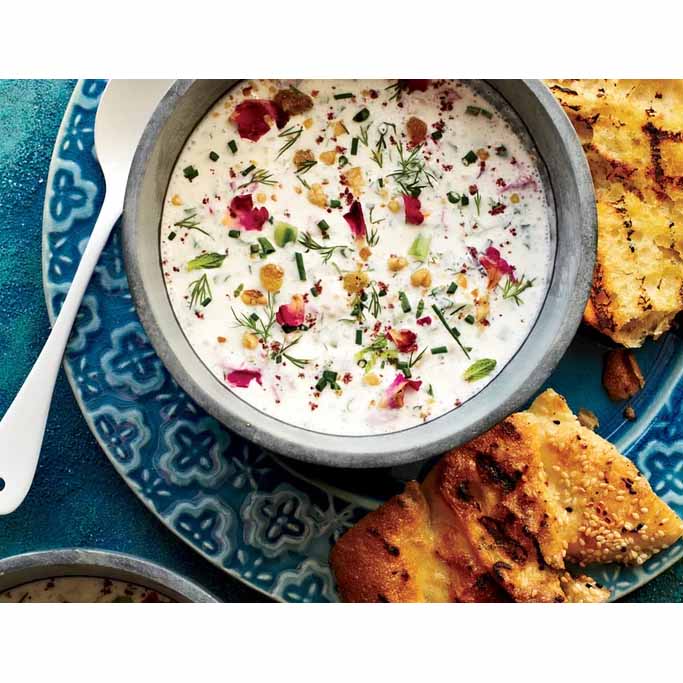
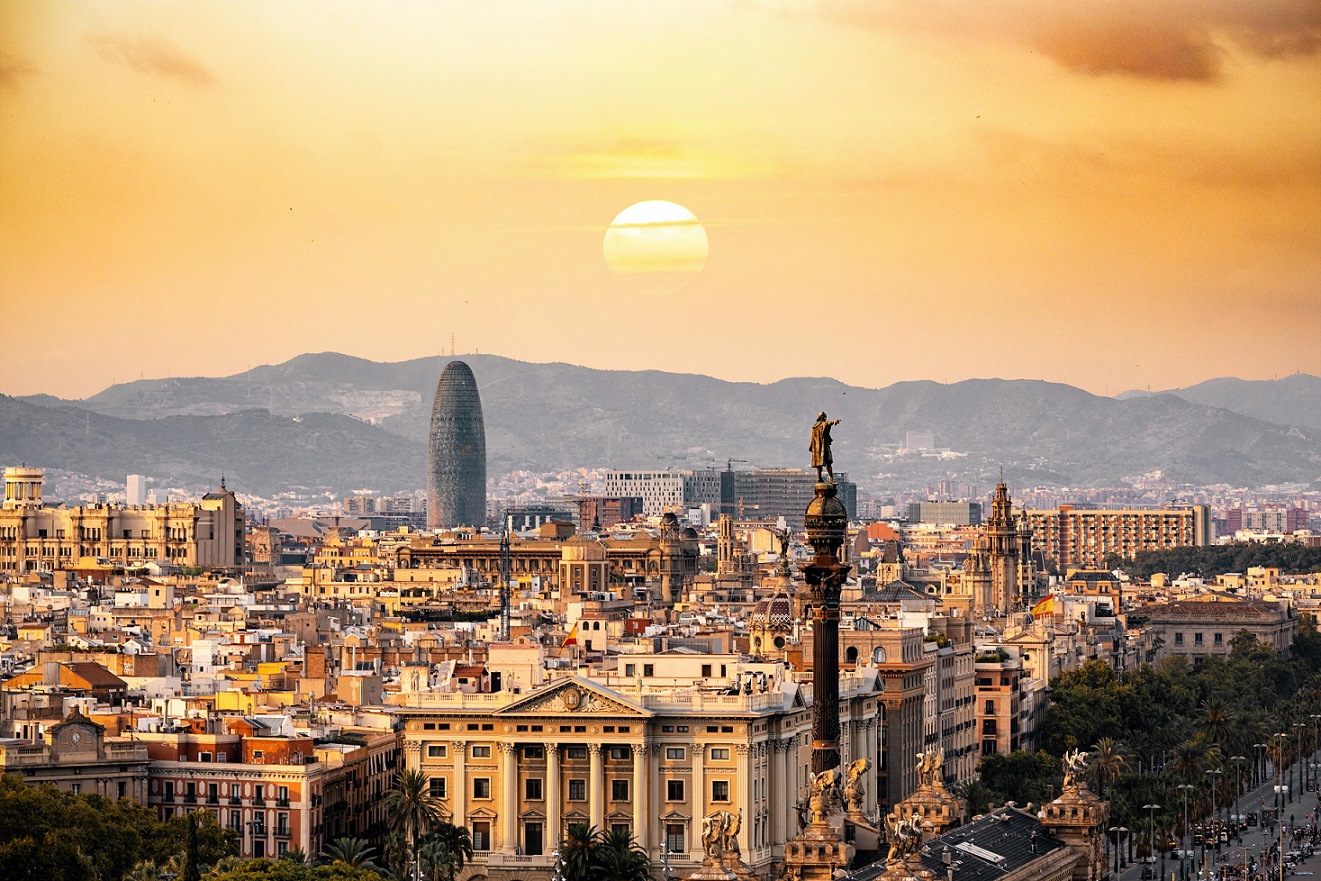

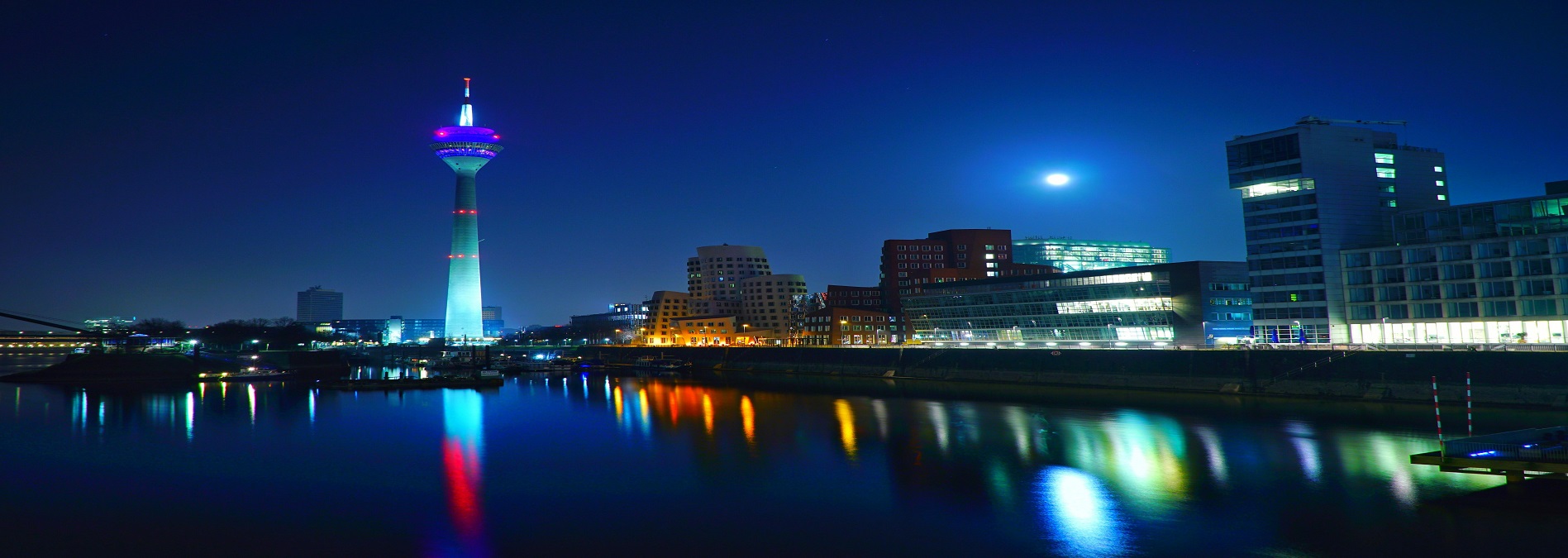
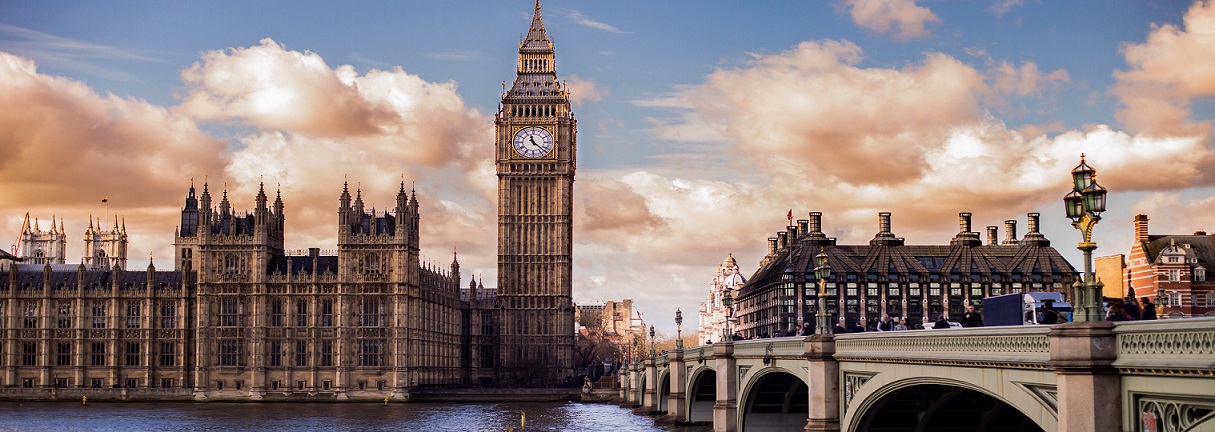
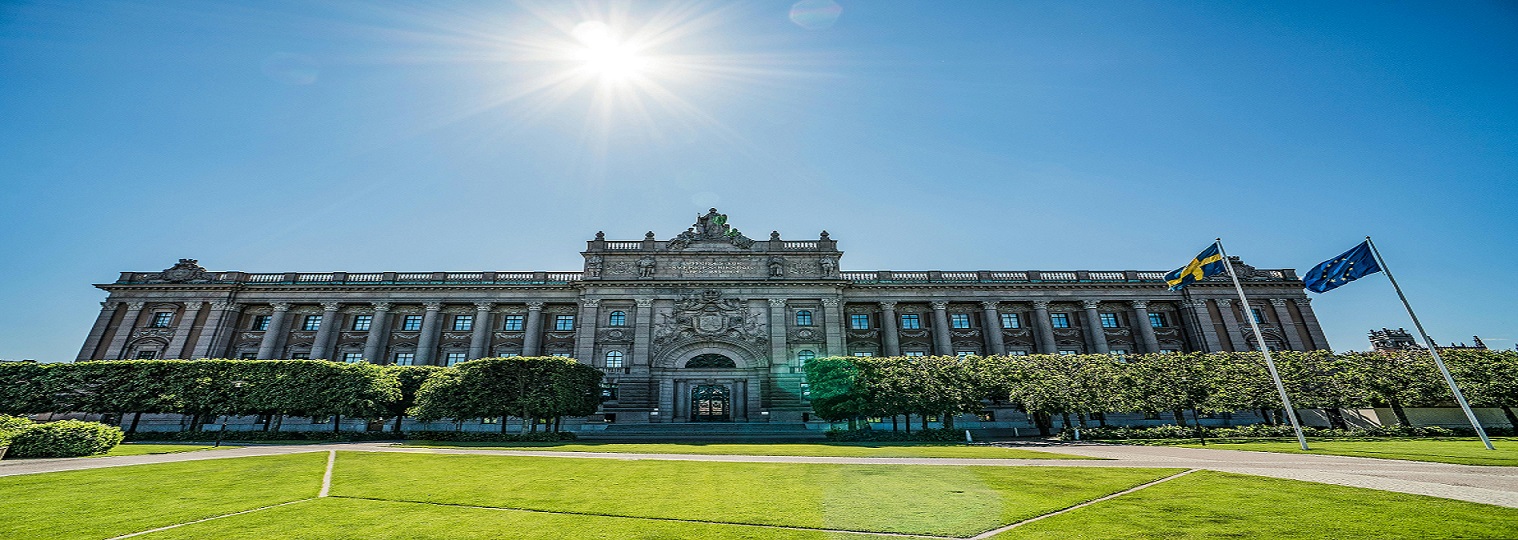





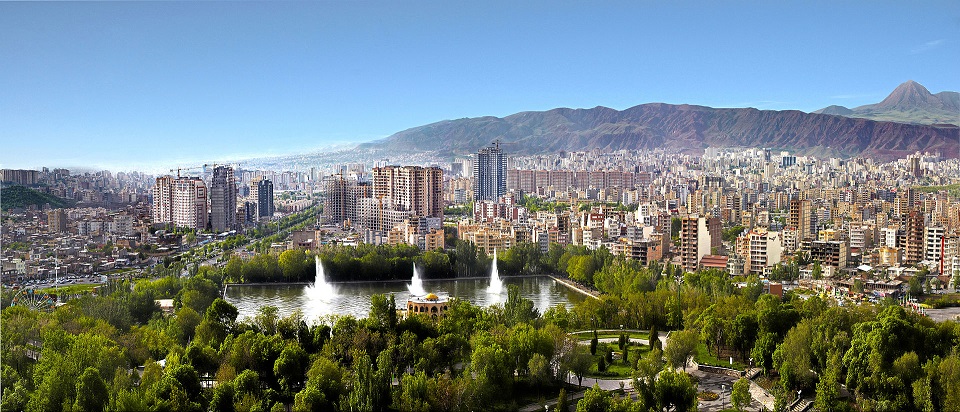
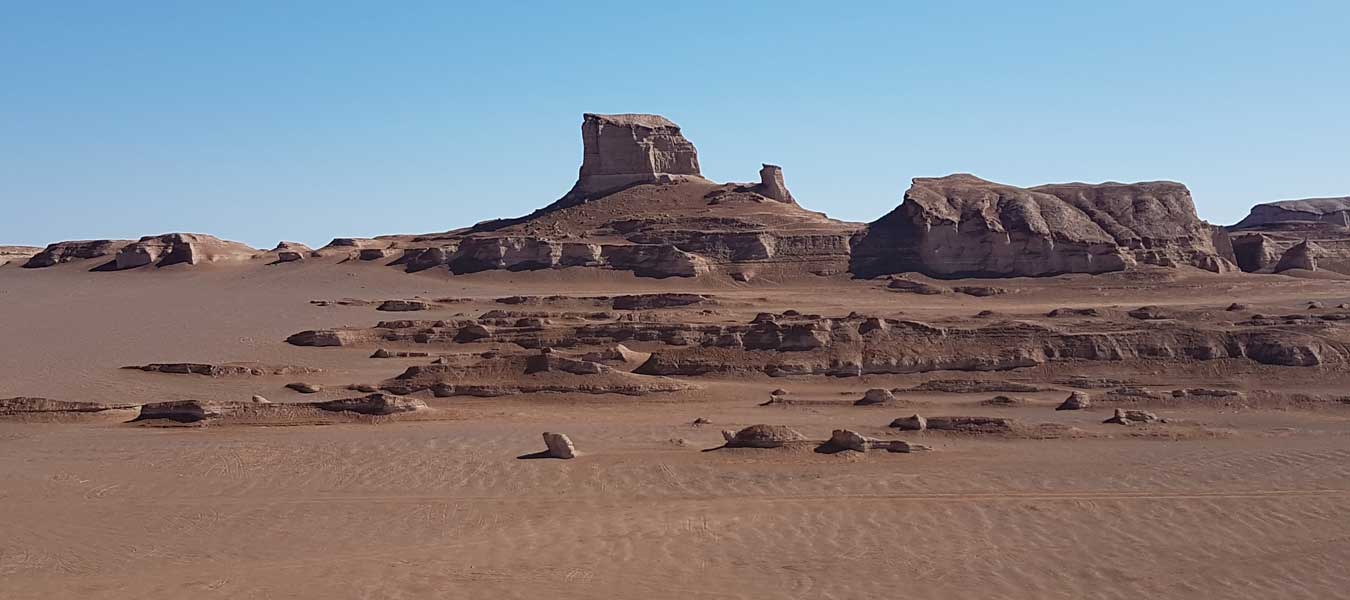

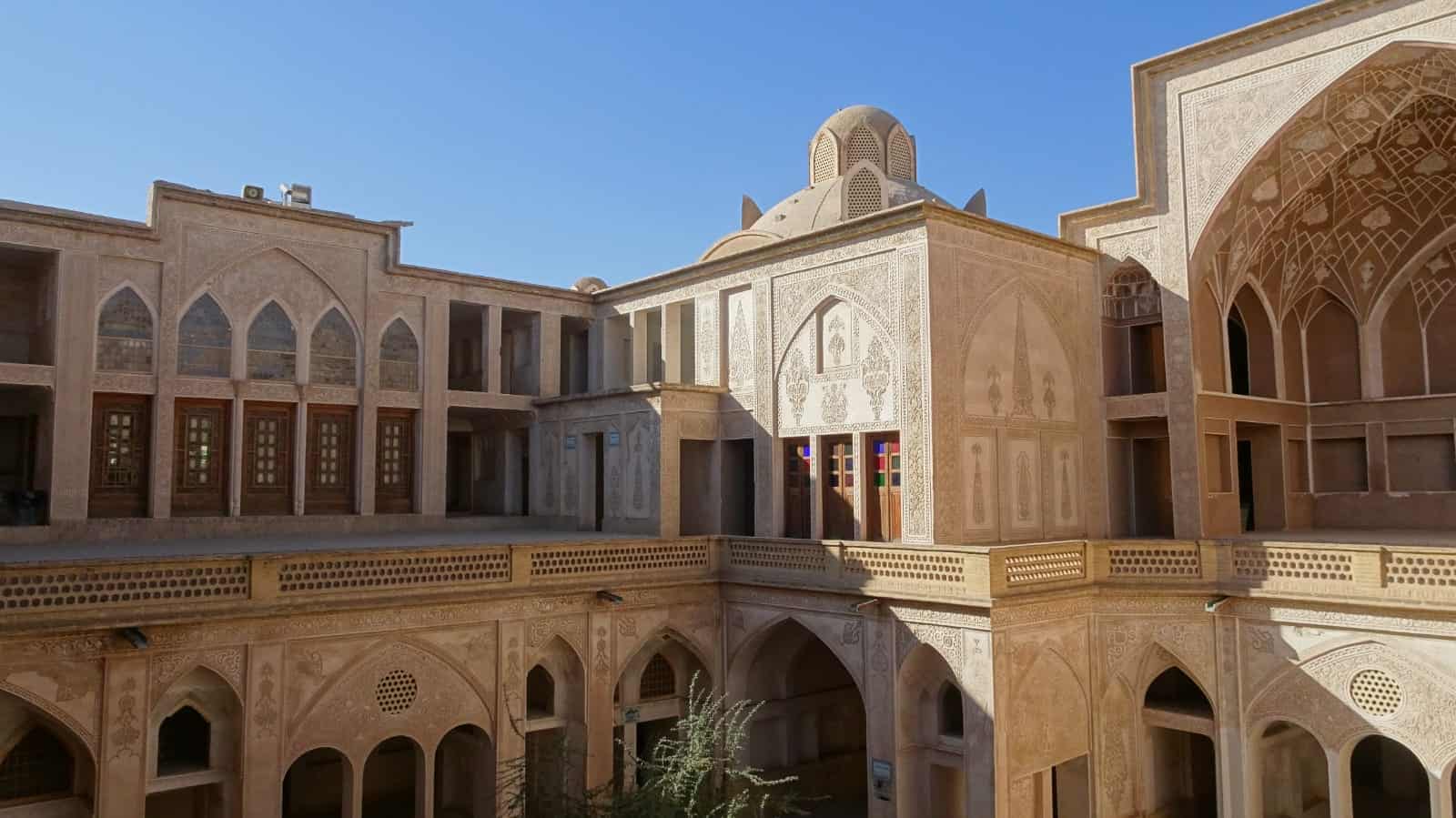
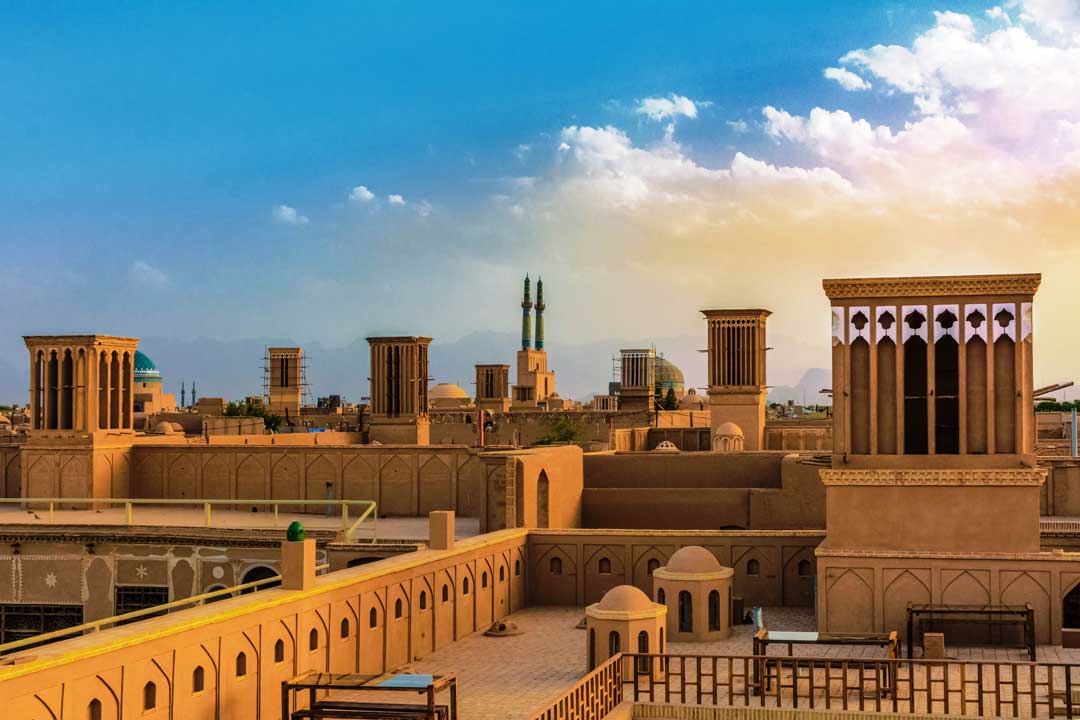
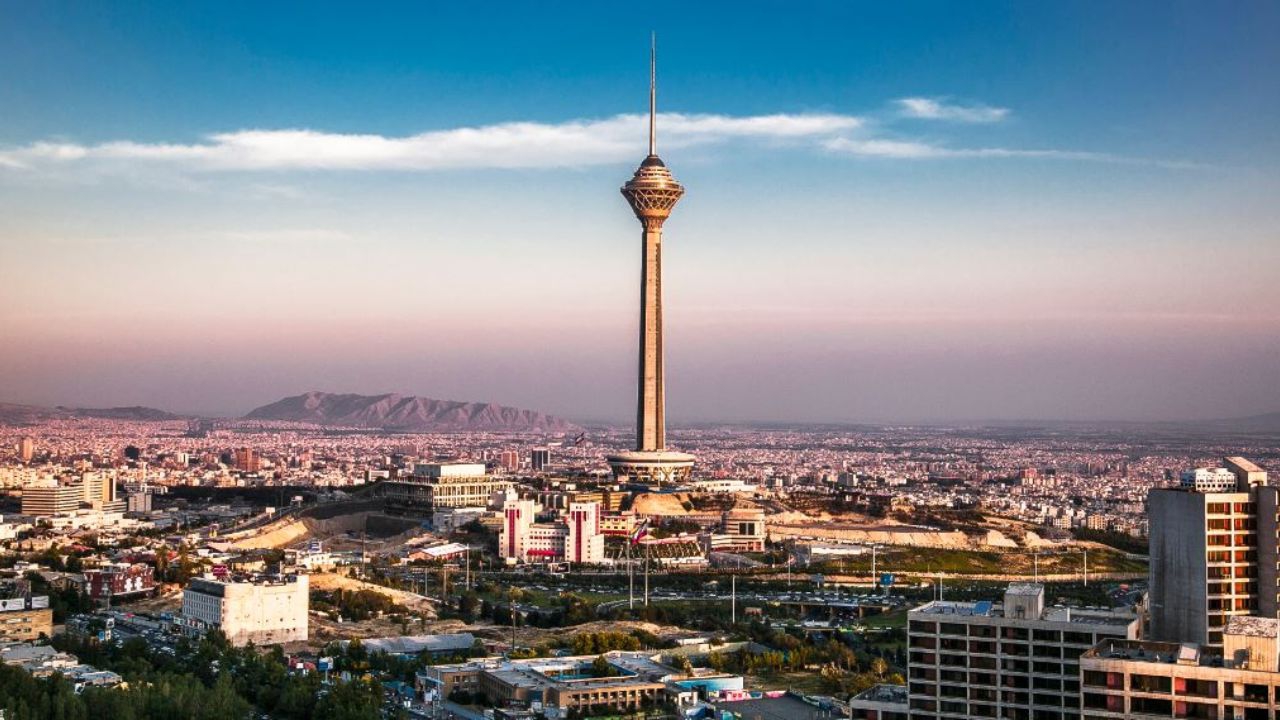



Leave a reply